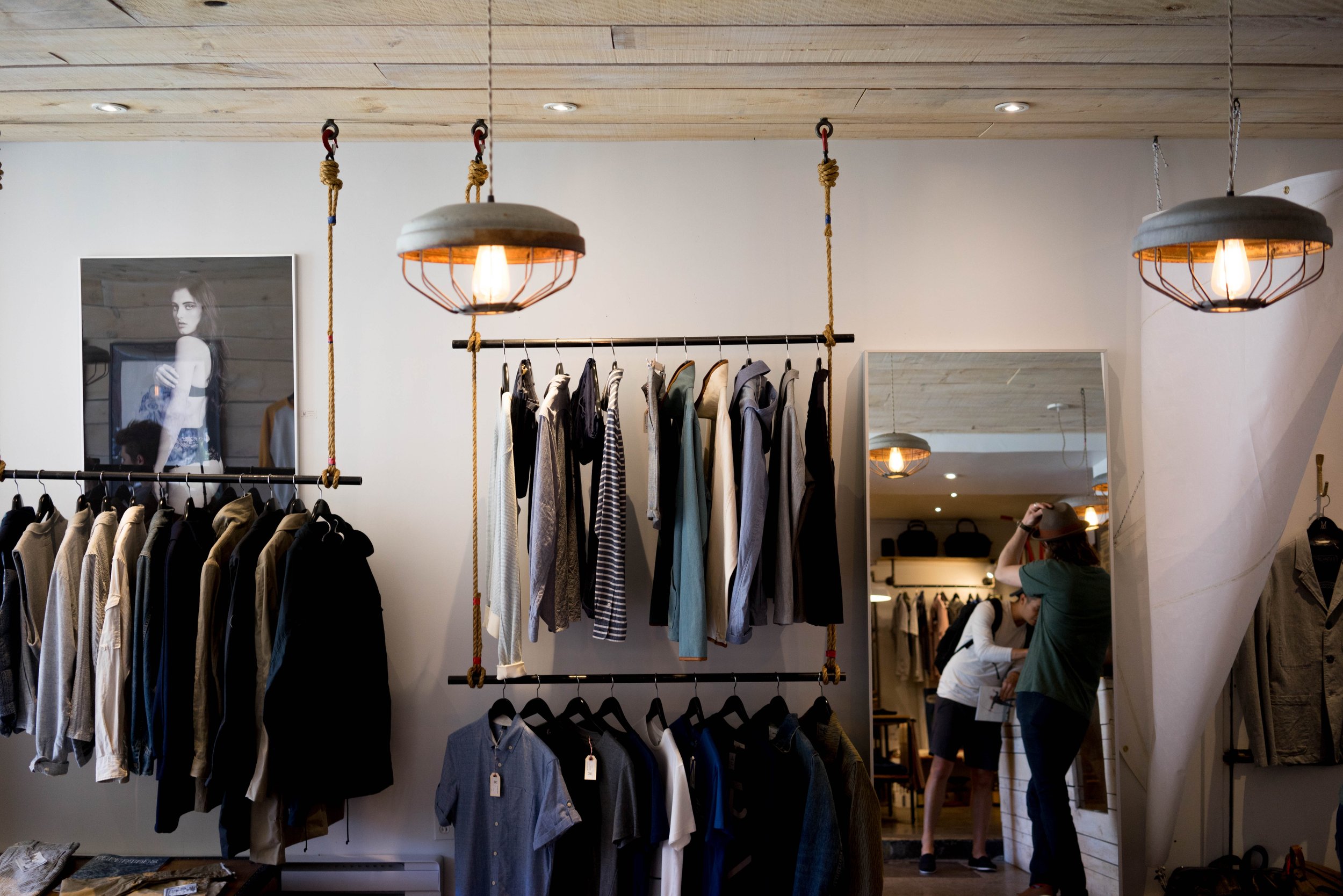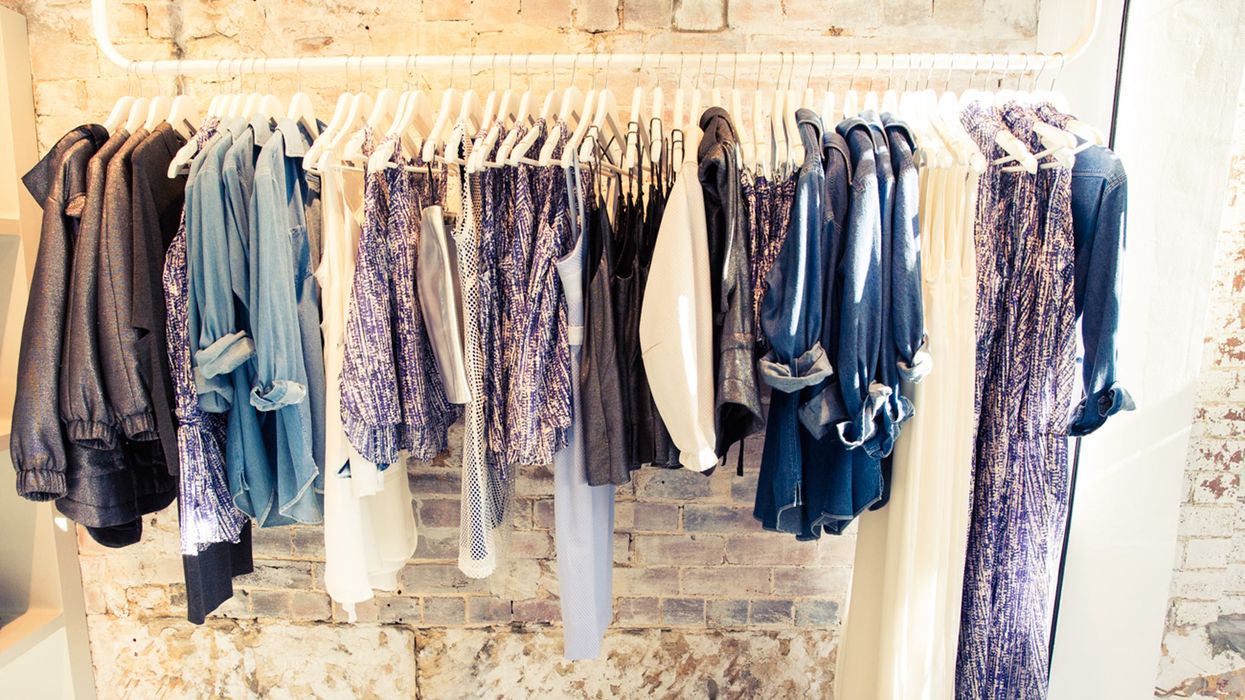A Deep Dive Into the Globe of High-Fashion Runways: Understanding Garments as Art
Developers, much like masterful artists, weave elaborate stories through type, color, and textile, redefining and challenging traditional standards beauty criteria. As we check out these sartorial eyeglasses, we must consider: what duty does style play in shaping social worths, and exactly how does it show the ever-changing tapestry of human feeling and identity?
The Evolution of Runway Reveals
The trajectory of runway programs has changed substantially over the years, evolving from exclusive market events to fascinating eyeglasses that blend fashion with art. Traditionally, runway shows made love affairs, kept in ateliers or little venues, mostly attended by buyers and market insiders. These very early discussions concentrated on the garments' workmanship and commercial stability, supplying a direct and useful display of seasonal collections.
As the fashion industry expanded, the nature of runway shows started to transform. The 1970s and 1980s noted a transforming point, with developers seeking to differentiate themselves through even more staged presentations.
In recent times, technology and social networks have actually additionally revolutionized runway programs, making them easily accessible to a global target market. Livestreaming and digital systems have democratized fashion, permitting enthusiasts worldwide to witness these occasions in real-time (boutique fashion). This advancement reflects a wider social shift, where high-fashion paths function as a vibrant intersection of performance, innovation, and style
Designers as Enthusiast Artists
Developers in the high-fashion sector have actually blurred the lines in between functional garment development and the theoretical realm of art. By welcoming creative disciplines such as sculpture, paint, and avant-garde installments, developers craft garments that challenge typical style norms and raise them to art forms.
Visionary designers attract motivation from a myriad of resources, including abstract art, historic recommendations, and personal stories. They possess an unique capacity to picture and materialize concepts that push the borders of traditional style, frequently redefining visual standards at the same time. This imaginative resourcefulness is showcased via dramatic shapes, cutting-edge materials, and detailed workmanship, which welcome viewers to experience fashion as greater than simply wearable things.
Moreover, the path offers as a canvas for these artists, where illumination, songs, and established layout coalesce to create immersive experiences. These discussions are not just display screens of garments yet are orchestrated performances that stimulate feeling and prompt idea, affirming the designer's function as a real musician in the modern social landscape.
Cultural Impacts in Style
Cultural tapestry weaves its detailed patterns right into the material of fashion, affecting developers around the world. The vibrant interchange of social stories, practices, and signs notifies and influences collections that elegance high-fashion paths. Designers thoroughly draw from their heritage or involve with societies distinctive from their very own, crafting garments that function as aesthetic narratives. This cultural dialogue not just enhances the visual variety yet additionally cultivates a much deeper understanding and gratitude of worldwide identifications.
The influence of culture on style is commonly seen in the reinterpretation of conventional garments and patterns. For example, making use of Japanese kimonos, Indian saris, or African prints in modern fashion shows a blend of social credibility and contemporary looks. Designers such as Valentino's Pierpaolo Piccioli and Alexander McQueen's Sarah Burton have been recognized to incorporate rich social motifs right into their couture collections, equating background right into wearable art.

Innovation in Material and Style
Development in material and style constantly reshapes the landscape of high-fashion, pressing boundaries and redefining opportunities. Recently, technological innovations have actually significantly added to this advancement, presenting products that challenge traditional assumptions. Textiles embedded with wise fibers, with the ability of altering shade or regulating temperature level, are no much longer confined to the world of scientific research fiction. Designers are progressively checking out the assimilation of innovation, such as 3D printing, which enables the development of intricate frameworks that were formerly unthinkable.
Moreover, sustainability has actually ended up being a crucial motif in fabric advancement. The apparel industry is witnessing a rise in making use of eco-friendly materials, obtained from recycled plastics, organic fibers, and even biodegradable elements. These technologies not just supply brand-new appearances and looks but likewise address critical environmental problems. Developers are welcoming these materials to craft garments that are both aesthetically striking and conscious of their environmental footprint.
In terms of layout, avant-garde shapes and experimental forms are continually reinventing the path. By including unconventional materials and sophisticated methods, designers cultivate garments that obscure the line in between style and art, establishing new criteria for imagination and expression in the high-fashion sphere.
Influence of Style on Culture
Fashion possesses an extensive influence on society, acting as both a representation of cultural identity and a driver for social adjustment. Through its development, style has mirrored societal changes, enveloping the zeitgeist of different periods. The flapper outfits of the 1920s symbolized a newly found feeling of females's freedom, while the vibrant prints of the 1960s echoed the advanced spirit of the time. High-fashion paths, in particular, function as systems for tough standards and redefining beauty standards. Developers utilize these venues to attend to pressing social concerns, from sustainability to variety, consequently shaping public discussion.
In addition, style has the power to bridge social spaces, promoting understanding and admiration amongst diverse groups. As globalisation accelerates, the cross-cultural exchange of style concepts ends up being significantly substantial, promoting inclusivity and variety. The surge of streetwear, stemming from city subcultures, highlights how style can transcend socio-economic boundaries, providing people a way of self-expression and empowerment.
In essence, style is not simply about visual appeals; it is a dynamic force that affects worths, perspectives, and social progress (boutique fashion). By constantly communicating with social and social currents, style remains an important component of the collective human experience

Conclusion
High-fashion paths serve as vibrant sectors where apparel goes beyond capability to come to be a meaningful art kind. Developers, akin to visionary artists, coordinate collections that mirror identity, emotion, and social narratives, challenging typical aesthetics. The fusion of innovative textile and design, combined with fancy collection layouts, illumination, and songs, creates immersive experiences that celebrate cultural variety. This junction of style and go now creativity not internet only captivates target markets globally however likewise affects societal perceptions and advertises a deeper appreciation for multiculturalism.

Cultural tapestry weaves its intricate patterns into the fabric of fashion, affecting designers globally.Style wields a profound impact on society, serving as both a reflection of social identity and a catalyst for social change.